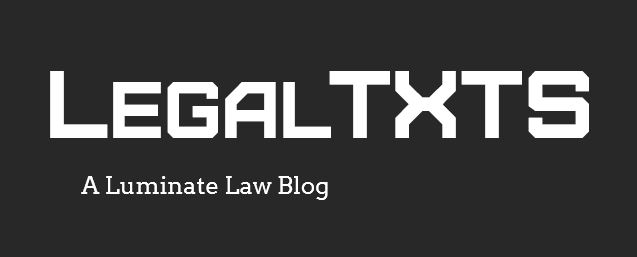A New York court overturns the termination of a public school teacher for posting offensive comments on social media – Rubino v. City of New York, 106 A.D.3d 439 (May 7, 2013)
The New York Supreme Court, Appellate Division recently ruled that the firing of a fifth-grade public school teacher for making inappropriate comments on social media was too harsh of a penalty. After a difficult day at class, the teacher posted comments alluding to a tragedy involving an unknown student at a different school. The court’s opinion is sparse on details, but according to a Huffington Post article, the teacher wrote: “After today, I am thinking the beach sounds like a wonderful idea for my 5th graders! I HATE THEIR GUTS!” The beach reference alluded to the drowning of a 12-year old girl on a school trip to Long Island beach the day before. The comments were only visible to the teacher’s private network of friends, who did not include any of her students or their parents. The teacher deleted the comments three days after posting them. She denied making the comments when she was initially confronted about them, but later confessed at her disciplinary hearing.
The court agreed that the comments were “clearly inappropriate” but it noted that the purpose of the comments was just to vent. The teacher did not intend the public to see her comments, and she expressed remorse over making them. She had no prior disciplinary history in her 15-year career. Given the record, the appellate court found the termination to be “shocking to one’s sense of fairness.” The appellate court upheld a lower court order setting aside the termination and sending the case back down for imposition of a lesser penalty.
LegalTXTS Lesson: Not all courts have been as kind toward teachers who vent on social media as the New York Appellate Division. In fact, in In re O’Brien, a court in neighboring New Jersey upheld the firing of a first-grade teacher under similar circumstances earlier this year. One difference might be that the teacher in Rubino expressed remorse for making the comments whereas the teacher in O’Brien did not. Whether that factor alone accounts for the different outcomes is questionable. One thing the cases do share in common is that the teachers in both thought that no one outside of their network of “friends” would see their comments. With apologies to Las Vegas, Rubino and O’Brien teach that what happens in an employee’s social network doesn’t always stay in his or her social network.












